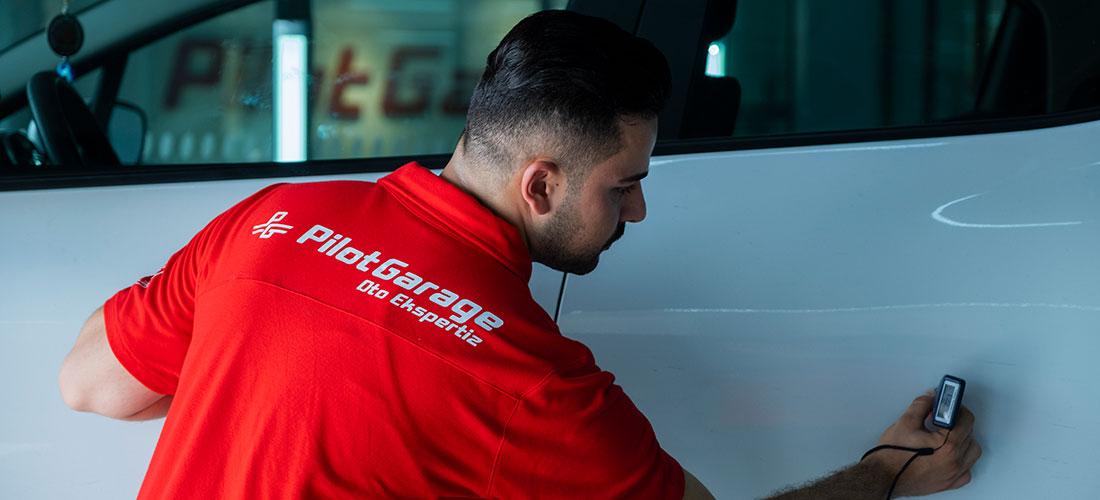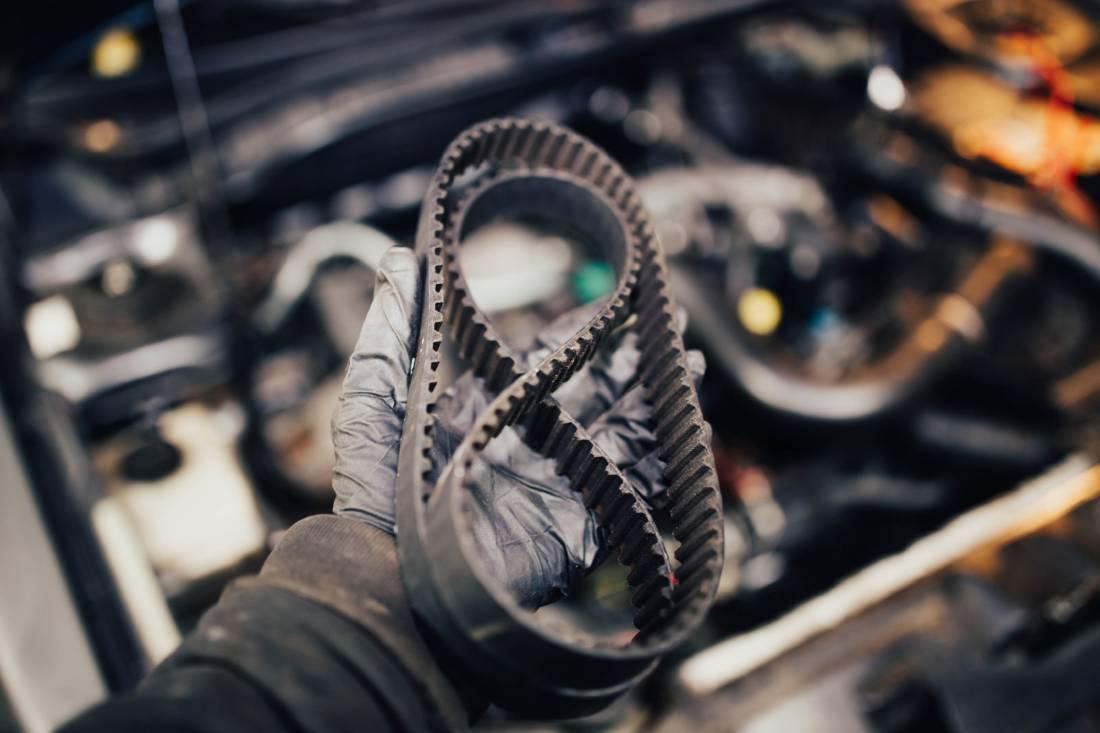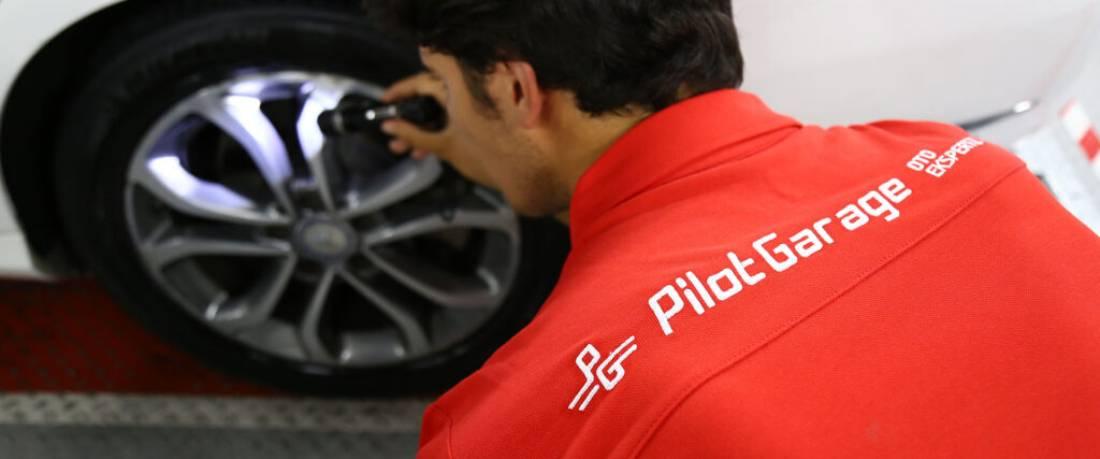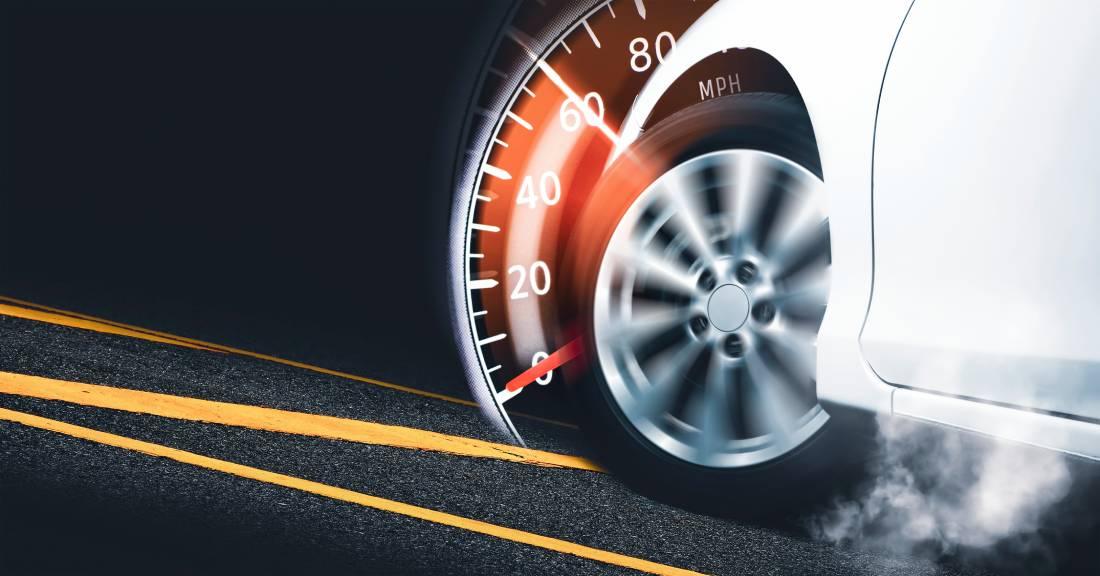
- Air Release of the Rim
- Not Being Used for a Long Time
- Damaged and Incorrectly Installed Valve
- Rim Problems
- Over-tightening the Lug Nut
- Weather Conditions
- Inadequate Tire Inflation
- Ventilation System Problems
- Overload
- Tire Age
- Grounds That Force the Tire
- How to Understand Tire Pressure is Low
- Why Is Tire Pressure Important?
- The Harms of Low Tire Pressure
- What Happens If Tire Air Pressure Is High?
- What Should I Do If My Tire Has Lost Air or is Flat?
- How to Make Correct Tire Pressure?
- What Should the Tire Pressure Be in Winter?
- What Should the Tire Pressure Be in Summer?
- How Should the Tire Pressure Be in Rainy Weather?
Tire air loss is a situation that happens to almost every vehicle owner. A tire can lose air for many reasons, it doesn't matter whether it has been used for a long time or is new. Even under ideal conditions, the tire loses 0.069 bar of pressure per month. The leading causes of tire air decrease can be listed as follows:
Air Release of the Rim
Damage to the rim causes the tire's air to decrease. Factors such as rust, bent area, and cracks around the rim effectively reduce the tire's air.
Not Being Used for a Long Time
If the vehicle is not used for a long time, the tire releases air. Therefore, if you have not used your car for a long time, it is recommended to check the tires before using it.
Damaged and Incorrectly Installed Valve
Deformation of the valve or valve stem is among the reasons that cause the tire air to decrease. In addition, incorrect placement of the valve stem on the rim causes the tire air to decrease. The assembly must be done carefully in order to avoid problems caused by the valve.
Rim Problems
The following rim problems cause a decrease in tire air:
- Damaged internal insulation
- Lining problems
- Micro cracks
- Damages in steel wires
- Contamination occurring at the corners of the rim
Over-tightening the Lug Nut
During the mounting of the wheel to the vehicle, the lug nuts should be tightened as recommended. Tightening the lug nuts beyond the recommended torque will damage the air pressure sensor. If the low-pressure warning is received even though the tire pressure is at the ideal level, it is recommended to take the vehicle to the authorized service.
Weather Conditions
The gas pressure changes depending on the air temperature. Therefore, the pressure change differs in the summer and winter seasons. Tire pressure drops, especially in the winter months when cold weather prevails. When the air temperature drops by 10 degrees, there is a 1-2 PSI decrease in tire pressure per 0.07 - 0.14 bar. As the temperature drops, the tire pressure level drops further as the tire shrinks. Therefore, it is necessary to observe tire pressure, especially in cold weather.
Inadequate Tire Inflation
Insufficient inflation is one of the most effective factors in tire inflation. It is important to inflate the tires at the recommended values in the owner's manual in order to use the vehicle efficiently and safely and to prevent the tire from deflating. Under-inflated tires also increase fuel consumption.
Ventilation System Problems
Since the vehicle ventilation system controls the amount of air going to the tire, problems in the ventilation system also cause the tire pressure to drop. It is useful to regularly maintain the ventilation system to avoid tire pressure problems.
Overload
The overload puts pressure on the tire, causing the tire to deflate. If the amount of load carried by the vehicle is high, it is necessary to check the tire pressure regularly. Regular inspection not only extends the service life of the tire but also ensures vehicle safety.
Tire Age
The shelf life of a tire is 10 years from the date of manufacture. The service life varies depending on the usage condition of the tire. After 5 years, the tire may need to be replaced. As the tire age increases, the tire can lose air more because the wear also increases.
Grounds That Force the Tire
Challenging ground such as off-road and uneven roads causes tire wear. A worn tire is more susceptible to losing air pressure. For this reason, the tire air of vehicles used on difficult surfaces decreases more frequently.

How to Understand Tire Pressure is Low
Observing the vehicle is usually sufficient to tell if the tire pressure has dropped. By paying attention to the following details, you can understand that the tire pressure has decreased.
- If the vehicle engine is warming up or overheating faster than usual, the tire pressure may have dropped. Inflating the tire causes the engine to spend more effort.
- If it is difficult to maintain vehicle control, the tire pressure may have dropped.
- A clear air loss at the wheel indicates that the tire pressure has dropped.
- A flat tire could be caused by a low-pressure level. It is helpful to measure the air pressure of other tires.
- Longer than normal stopping time when braking,
- Steering response slows down
- If more fuel is consumed,
- If there has been excessive wear on the middle or outer edges of the tire, the tire pressure may have dropped.
In addition, if the vehicle has a tire pressure monitoring system (RDK), the tire pressure loss can also be monitored from here.
Many factors cause tire inflation to go down. However, if there is a 0.2 bar pressure loss in the tire every month, there may be a problem with the rim or tire. It would be beneficial for the tire dealer to check it to ensure driving safety.
Why Is Tire Pressure Important?
The decrease in tire pressure brings along different problems. Tire pressure is therefore important. An under-inflated tire causes the engine to spend more effort, thus consuming more fuel. In order to save fuel, the tire pressure must be at ideal values.
Driving with low-inflated tires will damage the rims. In addition, the rigidity of the tire wall is damaged. As a result, excessive friction occurs. Increasing friction also increases the rubber temperature. A temperature rise can cause the tire to burst. In cold and snowy weather, there are no problems caused by heating. However, it is important to follow up as cold weather conditions also reduce tire pressure. If you live in an area with variable weather conditions, it is helpful to have your tire pressure checked frequently. Because a noticeable change in air temperature leads to pressure loss.
The Harms of Low Tire Pressure
The harms of low tire pressure can be listed as follows:
- Fuel cost increases.
- There is a decrease in road-holding ability.
- Steering becomes more difficult.
- The braking distance is extended.
- The operating comfort of the vehicle decreases.
- It causes the tire to burst.
- It causes tire wear as well as flexing.
- The performance drops in corners.
What Happens If Tire Air Pressure Is High?
Various problems also arise when the tire air pressure is high. These problems are similar to those caused by low pressure. If the tire pressure is high, you may experience the following problems:
- Wear occurs in the middle of the tire.
- Tire tread wears out in a short time.
- The road-holding ability of the tire decreases and there is a risk to driving safety.
- It causes the tire to be adversely affected even by very small objects.
- The tire is more affected by sidewall friction.
What Should I Do If My Tire Has Lost Air or is Flat?
If the tire is deflated, it is helpful to first see how far the tire has lost air in order to continue on the road. You can travel 3 km with a slightly flat tire. However, a speed of 30 KM/H is recommended. If the tire is completely deflated, it is recommended to travel 150 meters at a speed of 30 KM/H. If it is not possible to reach a tire dealer or gas station at these distances, it would be beneficial to change the tire. Because it is not safe to continue the journey with a partially or completely deflated tire. It also damages the rims.
If the tire is flat, it is inconvenient to continue on the road. Continuing the journey with a flat tire both endangers life safety and causes permanent damage to the wires in the tire. For this reason, it is useful to drive your vehicle to a safe area and change the tire by driving a maximum of 150 meters at a speed of 30 KM/H.
Lastik patlak değil ama sürekli iniyor, ne yapmalıyım diyorsanız, aşağıda bulunan detayları kontrol edebilirsiniz.
- The tire valve may be leaking air, you can check it by opening the valve cover and getting it wet.
- Tires may be incompatible with rims.
- The rim may be worn or oxidized.
- The rim may be deformed.
- A nail or screw may be stuck in the tire.
How to Make Correct Tire Pressure?
A pressure gauge must be used to set the correct pressure in the tire. The pressure gauge can be easily found in places such as garages, gas stations, and tire dealers. You can also do this yourself by purchasing a pressure gauge to check it at regular intervals.
It is recommended to measure in the morning so that the tire pressure can be adjusted correctly. To measure, the valve cover is opened and the pressure gauge is placed on the valve. At this time, you may hear a slight air-rushing sound. This is normal. After the pressure gauge is placed on the valve, you can see the pressure value of the tire. Tire pressure in most passenger cars is between 32-35 Psi. However, the recommended bar value for your tire may be different. Care should be taken to ensure that the tire bar value is at the values recommended by the manufacturer. It is important to attach the valve cap after the measurement is complete.
What Should the Tire Pressure Be in Winter?
Using winter tires in winter is considered an adequate precaution. However, changing the tire alone is not enough. In order to get efficiency from the tire and to keep the driving safety safe, it is necessary to adjust the tire pressure correctly and check it regularly. Tire pressure drops in cold weather. In winter, 0.2 bar can be added for tire pressure. In order to adjust the pressure of the tires correctly, support from experts can be obtained.
What Should the Tire Pressure Be in Summer?
It is important to choose tires suitable for seasonal conditions in summer. Hot air causes tire pressure to rise. Tires wear faster when tire pressure rises. In addition, carbon dioxide emissions and fuel consumption increase. It is a wrong practice to deflate the tire to reduce the pressure that rises due to heating. It would be helpful to get support from experts in this field.
How Should the Tire Pressure Be in Rainy Weather?
Driving in dry and hot weather is comfortable and enjoyable. However, in case of snow and rain, some undesirable situations may occur while driving. It is important to set the tire pressure correctly to prevent risky situations, especially in rainy weather. If the pressure is lower or higher than the recommended value, it will cause tire wear. For rainy weather, the tire pressure value should be kept at the value recommended by the manufacturer.





